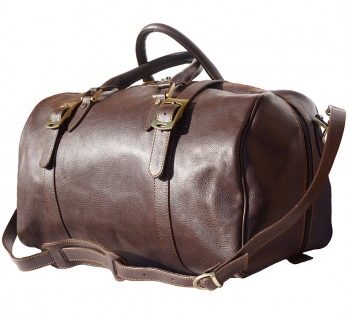
The preparation of a leather product
The realization of a leather product requires different important processes: from cutting to quality control, passing through the preparation and assembly of the components. All stages that underline the mastery of the craftsmen of this sector, pride of our Made in Italy.
The cutting
The first phase is the cutting. The skins are first checked and selected, with the latest generation of electronic machinery, after which the various parts that will comprise the bag, the wallet or another accessory are cut: leather, flocking, linings or different reinforcements.
The splitting
Subsequently, the preparation of the leather product involves the splitting phase, which is achieved by lowering the thickness of the leather according to the type of bag that is being produced, adjusting its stiffness or softness. Thus the edges of the various components of the bag are smoothed.
During the various stages of processing, the skin may undergo modifications, ie it may retreat or lengthen. A margin of about 4 mm is then left at the edge, which increases the perimeter of the dial of the bag.
The re-cutting
After having rechecked and assembled all the parts of the bag, the re-cutting allows to finish the product, according to the exact proportions. This allows to meticulously finish the edges of the bag, using the same colors or deliberately creating color contrasts.
The assembly
This is the final stage and can be carried out on different types of machinery, but some steps – depending on the product and who makes it – can be done by hand, to give value to the craftsmanship of the product. Moreover, depending on the type of object, the operations of brushing and polishing of the leather can be the next steps.








